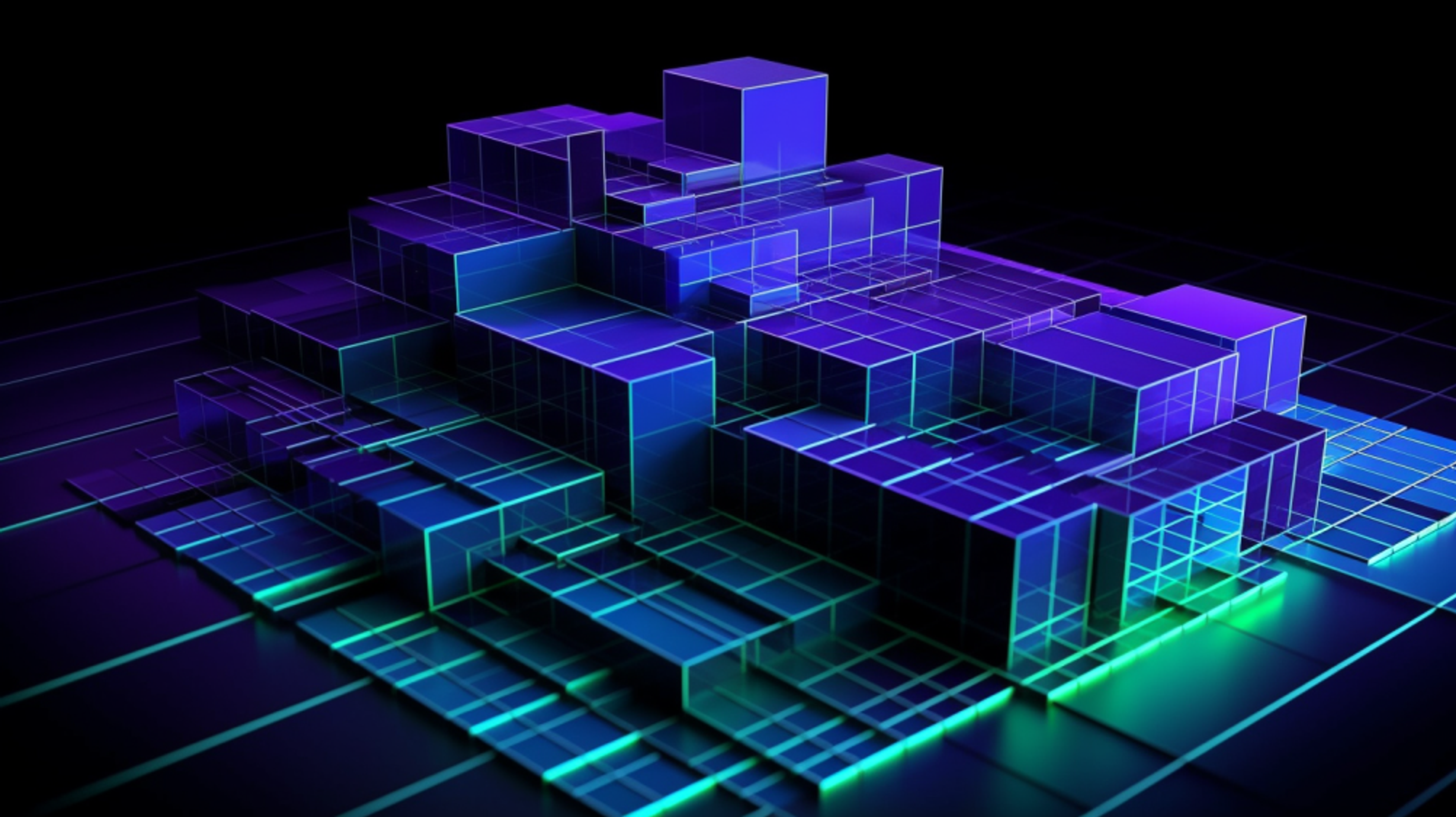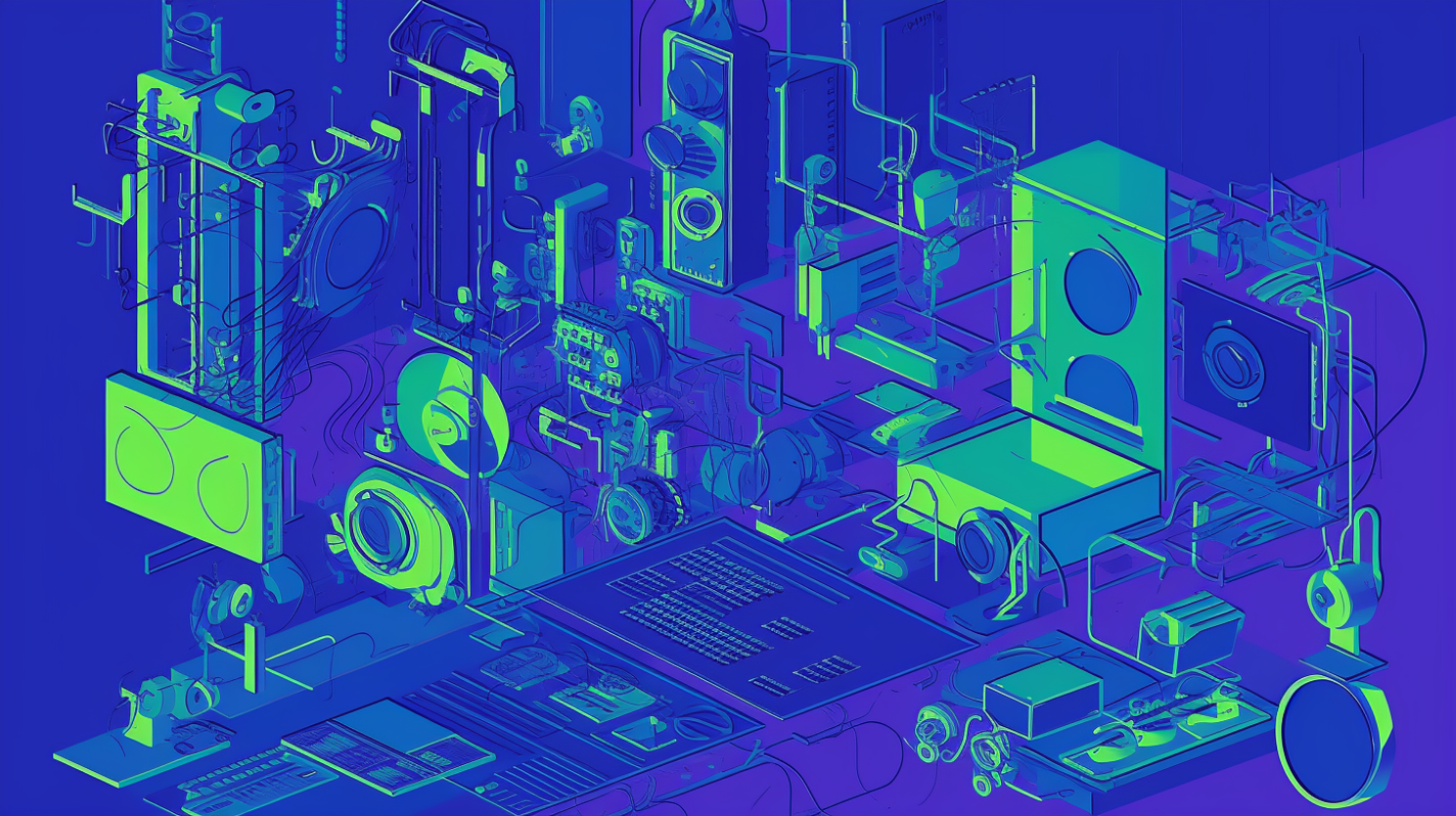Lesson 1

Cyber-Physical Systems Design & Analysis
Course
Last Updated March 7, 2022
Prerequisites:
No experience required
Course Lessons
Lesson 2
Review Lesson
Lesson 3
Models
Lesson 4
Low Level Design
Lesson 5
Design Middle Level Requirements
Lesson 6
Design Middle Level Decisions
Lesson 7
High Level Decisions
Lesson 8
Low Level Human CPS Interaction
Lesson 9
Human Automation Interaction
Lesson 10
Hardware Software CoDesign
Lesson 11
Processors and Sensors
Lesson 12
Systems Engineering: General Approach
Lesson 13
AADL: General Principles and Positioning
Lesson 14
AADL Crazyflie Case Study
Lesson 15
Formal Methods
Lesson 16
Future of CPS
Taught By The Best

Eric Feron
Instructor

Pablo Afman
Instructor

Jerome Hughes
Instructor

Bruce Lewis
Instructor
The Udacity Difference
Combine technology training for employees with industry experts, mentors, and projects, for critical thinking that pushes innovation. Our proven upskilling system goes after success—relentlessly.

Demonstrate proficiency with practical projects
Projects are based on real-world scenarios and challenges, allowing you to apply the skills you learn to practical situations, while giving you real hands-on experience.
Gain proven experience
Retain knowledge longer
Apply new skills immediately

Top-tier services to ensure learner success
Reviewers provide timely and constructive feedback on your project submissions, highlighting areas of improvement and offering practical tips to enhance your work.
Get help from subject matter experts
Learn industry best practices
Gain valuable insights and improve your skills
Related Programs
Related Programs
1 hour
, Discovery
8 hours
, Beginner
6 hours
, Beginner
3 hours
, Beginner
4 weeks
, Beginner
4 weeks
, Advanced
8 hours
, Beginner
4 weeks
, Intermediate
4 weeks
, Intermediate
7 hours
, Fluency
4 weeks
, Intermediate
(363)
3 months
, Intermediate















